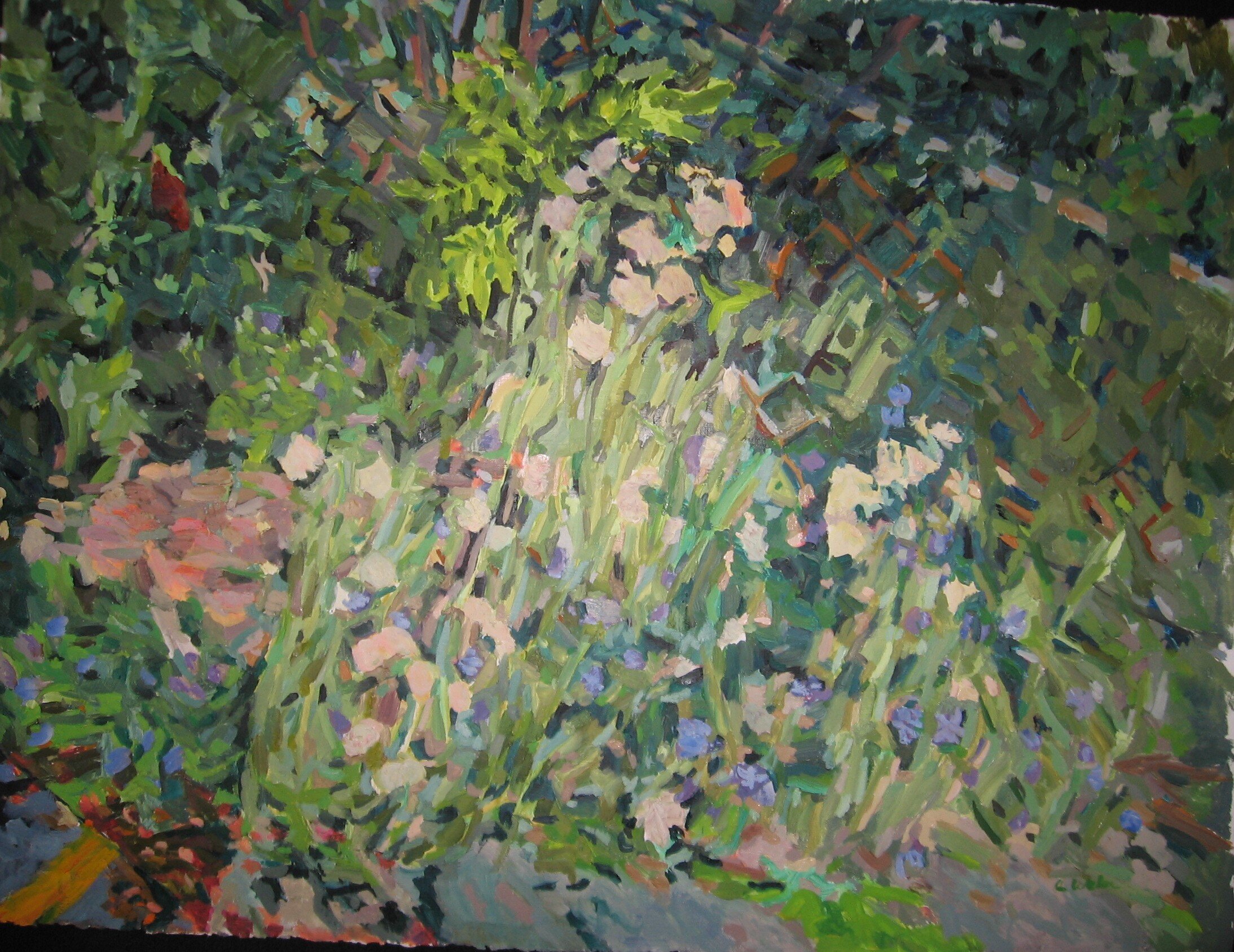
Where do I begin?
John Mulvany (1839-1906) was my great grand uncle. I began researching his life in 1982 by writing letters and visiting local libraries waiting weeks for books and replies. However, with the advent of the internet, research expanded to newspaper databases and suddenly information was at my fingertips. It covered the years 1876 to his death in 1906. There were still gaps, but I was uncovering his national acclaim and accomplishments as well as his struggles, the range of Mulvany’s subject matter, and his deep connection with the Irish freedom movement. Nevertheless, his formative years were missing as were most of his major artworks.
My first historical novel Pencil in His Pocket fictionalizes the few known facts of Mulvany’s early years in Ireland, as an emigrant in America, and his beginning connections with the art world. It gives a foundation for the man he would become.

The Battle of Aughrim (1885). John Mulvany.
How do you make a picture so perfect?
Mulvany obtained a sponsor to study at the Royal Academy of Art in Munich in 1872. In 1881 he painted the first large painting of the Custer tragedy, “Custer’s Last Rally” which gained him national fame.
In 1885, he switched subject matter and painted the “Battle of Aughrim”, an Irish history piece. He had great hopes for selling reproductions as well as the painting itself. However, his stand against the Clan na Gall severed his ties with Chicago Irish society and he was boycotted. The painting went missing in 1920 but his name was back in the limelight in 2010 in Ireland when the painting was discovered after missing for ninety years.
About Anne
Weber
Anne Weber grew up in East Rockaway, Long Island, New York and moved to Maine in 1995 with many stops in between. She studied art at the New York Studio School in Manhattan and began writing fiction in 2000. “Constabulary Tales” was published in 2017. The second Mulvany book, “Yellow and Blue Make Green” is in progress.
